According to Mr. Tran Minh, Deputy Director of the Department of Innovation, Green Transformation and Industrial Promotion, the actual demand for E10 gasoline nationwide will be up to 1-1.5 million m3/year. The shortage will be imported from countries with abundant supply such as the US, Argentina...
In addition, the Ministry of Industry and Trade has directed key petroleum production and trading enterprises to prepare facilities, equipment, and vehicles to be ready to blend, transport, and distribute E10 gasoline nationwide from the beginning of 2026.
According to the new direction of the Ministry of Industry and Trade, from 2026, all types of gasoline, including A92 and A95 gasoline, will have to be blended with 10% fuel ethanol (E100), forming E10 gasoline. With domestic gasoline consumption of about 12-15 million m3/year, the demand for ethanol for blending will be about 1.2-1.5 million m3/year.
However, the current domestic ethanol production capacity is only about 450,000 m3/year (equivalent to 40% of demand), the rest must be imported. This poses an urgent need to restore the operation of domestic ethanol factories, especially those in Dung Quat, Dong Nai and Quang Nam .
At the 6-month review conference on the petroleum supply situation chaired by the Minister of Industry and Trade, Petrovietnam and Binh Son Refining and Petrochemical Joint Stock Company (BSR) reported on the plan to produce E10 gasoline from biofuel, using Dung Quat Ethanol.
BSR identifies this as a strategic task, closely following the Resolution of the Party Congress for the 2025-2030 term and Resolution 57 on green transformation and digital transformation.
Central Petroleum Biofuel Joint Stock Company also built a plan to re-operate the Ethanol factory through business cooperation.
Mr. Pham Van Vuong, Director of the Company, said that the factory will complete preparations in July-August, restart in September, conduct trial operations in October and start commercial production from November 2025. The CO2 recovery system will be upgraded to an additional capacity of 40-50 tons/day. Previously, since 2015, BSR has successfully blended E5 RON 92 gasoline. 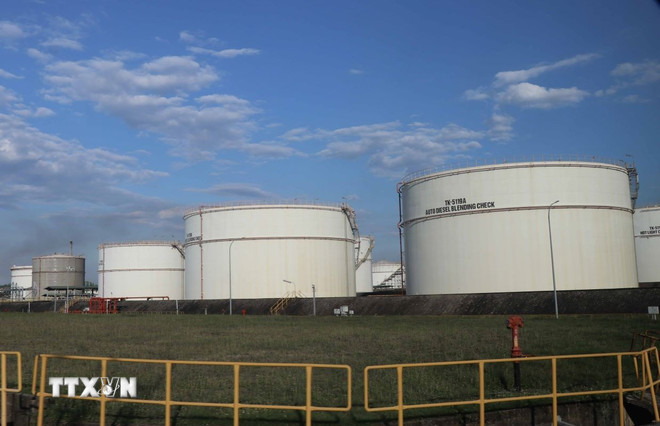
It is expected that next August, BSR will test the blending of E10 gasoline for sale in the Central region, contributing to proactive supply, reducing imports and promoting sustainable development.
Currently, there are 6 fuel ethanol factories in the country, but only 2 factories in Dong Nai and Quang Nam are operating stably, with a total output of about 100,000m3/year. If all 6 factories operate together, the production capacity can reach 500,000m3/year.
According to technical experts, most modern motorbikes in Vietnam - especially from brands such as Honda, Yamaha, Piaggio - are compatible with E10 gasoline. However, for older models (before 2000), some materials in the fuel system may not be compatible with ethanol, causing damage such as leakage, corrosion, or blockage.
In addition, storing E10 in the gas tank for too long (over 3 months) can cause separation and affect the fuel system. Consumers should pay attention to regular maintenance and check the manufacturer's instructions.
A representative of the Director of the Department of Innovation, Green Transformation and Industrial Promotion (Ministry of Industry and Trade) said: “E5RON92 gasoline was deployed in 2014 but currently has a low consumption rate in large cities where new vehicles are used. Meanwhile, this rate is higher in remote areas.”
The reasons include RON92 gasoline being no longer suitable for new vehicles, limited support policies, lack of consumer confidence, and ineffective communication.
More than 50 countries now use biofuels. In the US, gasoline containing up to 10% ethanol is a mandatory standard; in Brazil, the ethanol content in gasoline can be up to 85%; Thailand and the Philippines also commonly use E10.
In Vietnam, with 214 petroleum depots, enterprises such as Petrolimex, PVOIL, Saigon Petro and large refineries such as Binh Son and Nghi Son are ready with the capacity to blend, store and distribute E10 gasoline using two methods: blending in tanks (In tank) and in pipelines (In line).
Minister of Industry and Trade Nguyen Hong Dien has directed key groups of solutions to realize the E10 gasoline roadmap, including: Issuing a decision to replace Decision No. 53/2012/QD-TTg dated November 22, 2012 of the Prime Minister on the roadmap for applying the blending ratio of biofuels with traditional fuels, developing preferential policies for businesses and consumers; developing blending and distribution infrastructure: Upgrading ethanol plants, building blending systems in key economic regions; ensuring sustainable raw materials; developing raw material areas of cassava, sugarcane, and corn.
Encourage next-generation ethanol technology; strengthen communication: Raise awareness of environmental, economic and quality benefits of biofuels; closely coordinate with localities: Assign E10 consumption targets in annual development plans; encourage private investment: Create favorable mechanisms to attract domestic and foreign capital; deploy E10 blending simultaneously: Based on gasoline suitable for modern engines.
Vietnam is now qualified to deploy E10 nationwide. This conversion not only reduces dependence on imported fossil fuels, but also contributes to environmental protection, promotes a circular economy and affirms Vietnam's commitment to international agreements such as COP26./.
According to VNA
Source: https://baothanhhoa.vn/su-dung-xang-e10-buoc-chuyen-doi-nang-luong-ben-vung-255101.htm


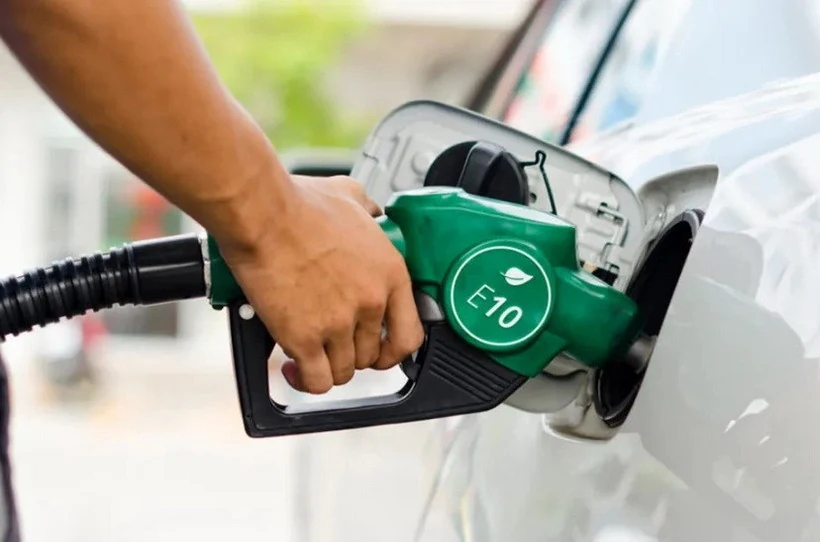


![[Photo] Cat Ba - Green island paradise](/_next/image?url=https%3A%2F%2Fvphoto.vietnam.vn%2Fthumb%2F1200x675%2Fvietnam%2Fresource%2FIMAGE%2F2025%2F12%2F04%2F1764821844074_ndo_br_1-dcbthienduongxanh638-jpg.webp&w=3840&q=75)



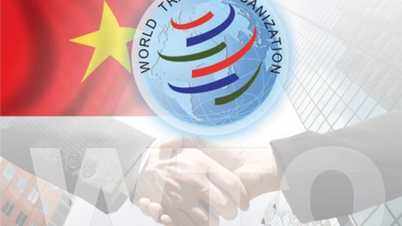

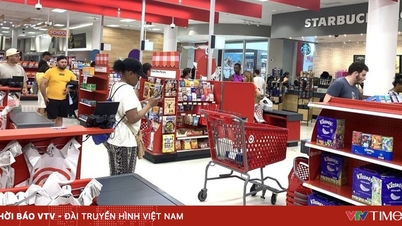


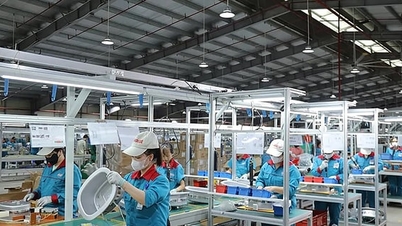

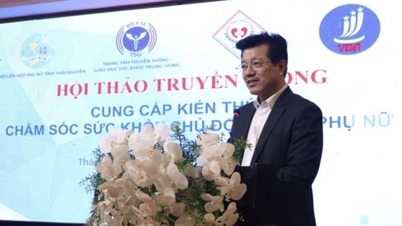

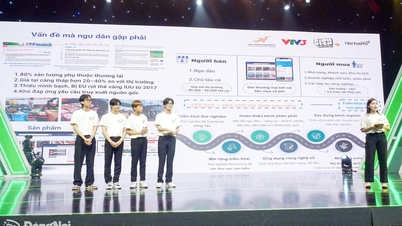






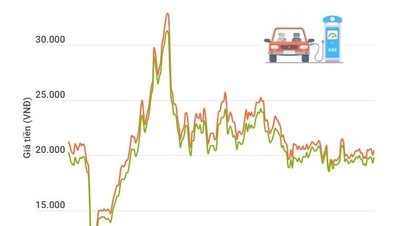


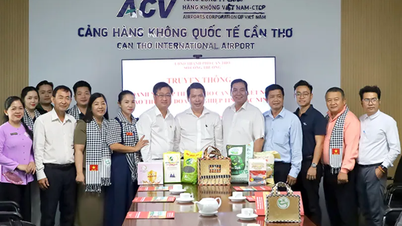





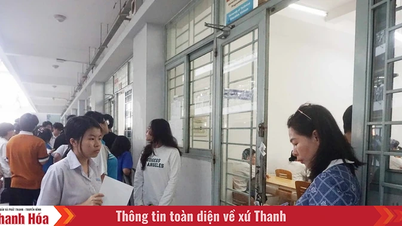
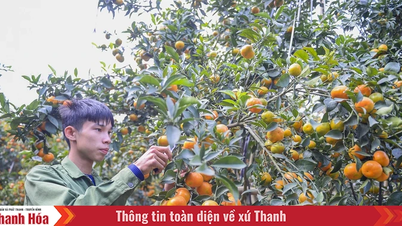
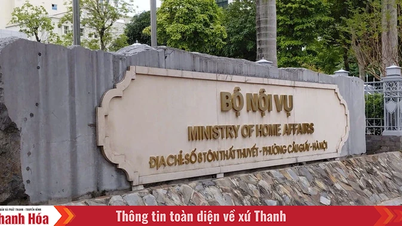
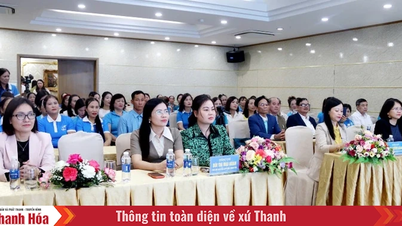

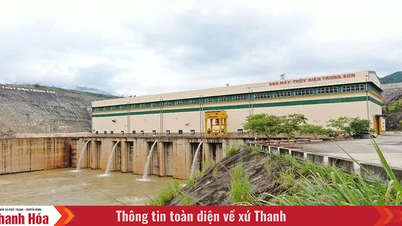

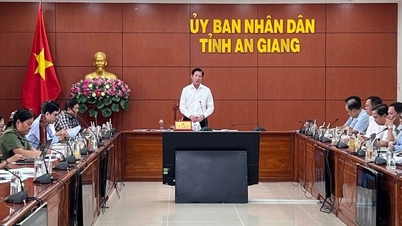

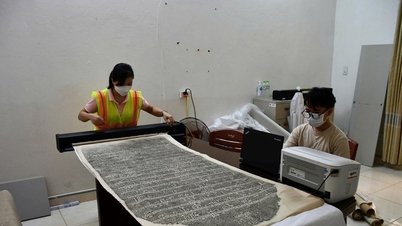

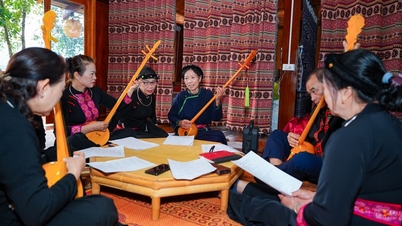



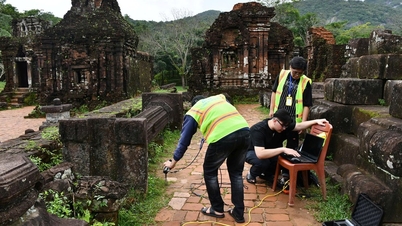
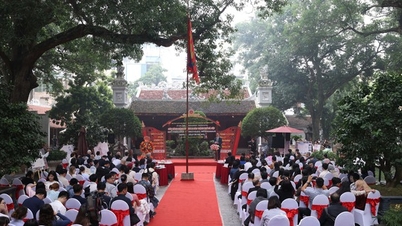



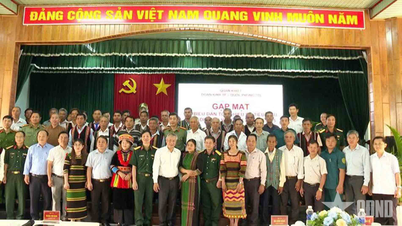

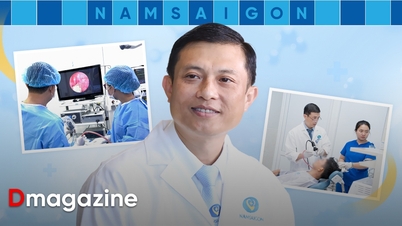

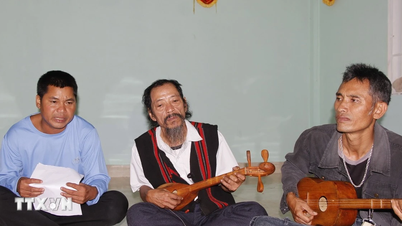



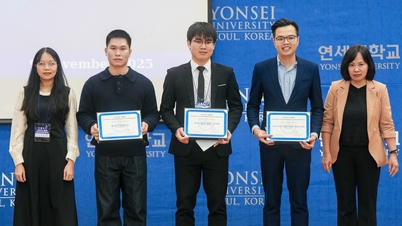

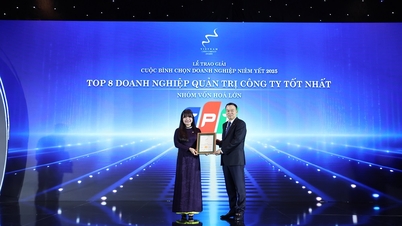

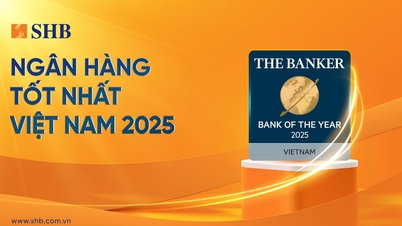

![[VIMC 40 days of lightning speed] Da Nang Port: Unity - Lightning speed - Breakthrough to the finish line](https://vphoto.vietnam.vn/thumb/402x226/vietnam/resource/IMAGE/2025/12/04/1764833540882_cdn_4-12-25.jpeg)

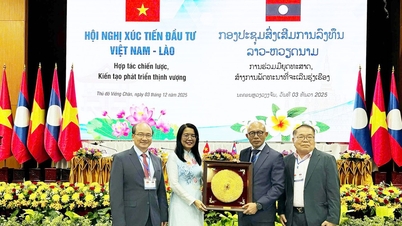
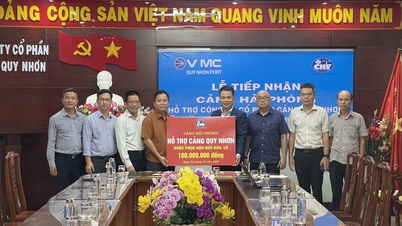
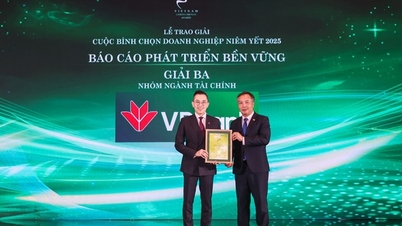













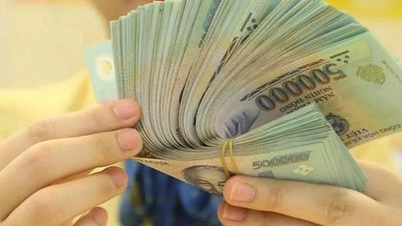


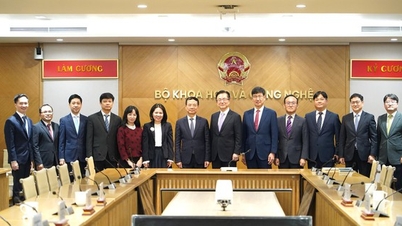

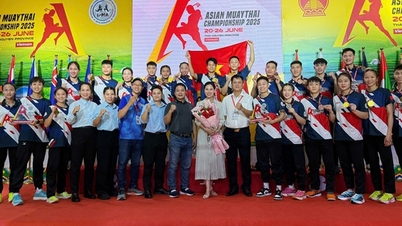
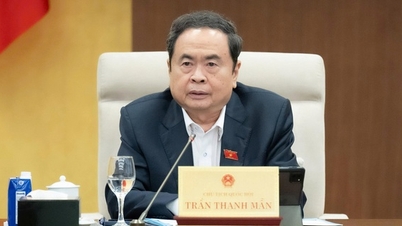


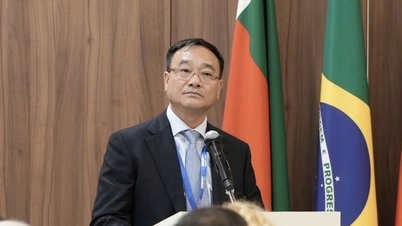



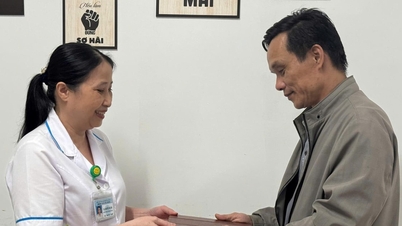
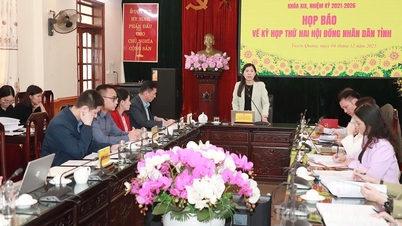













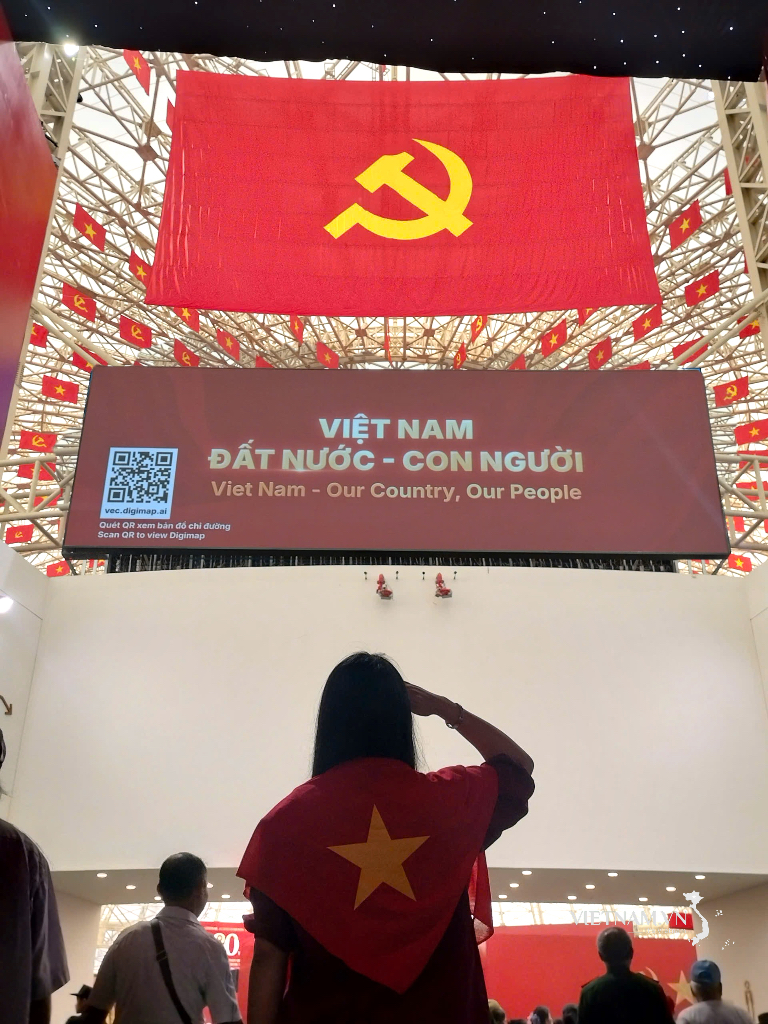
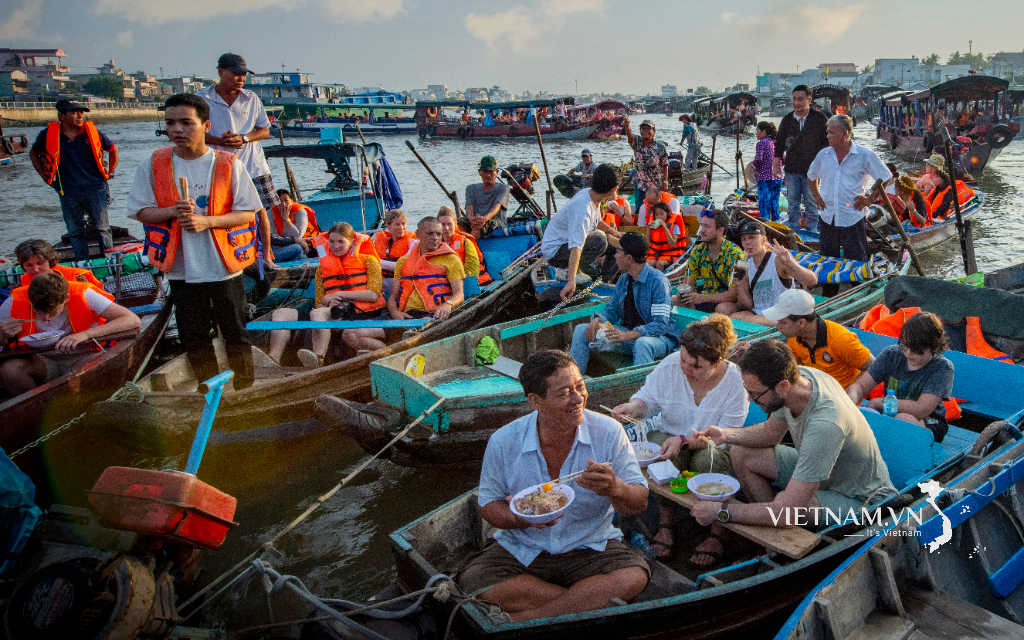
Comment (0)